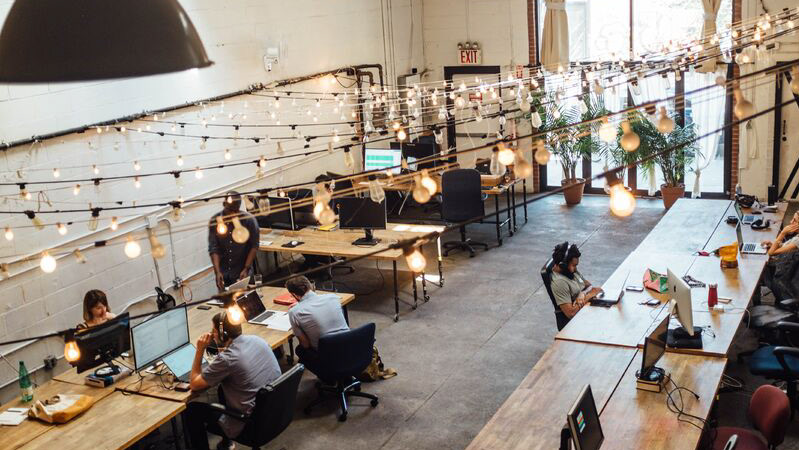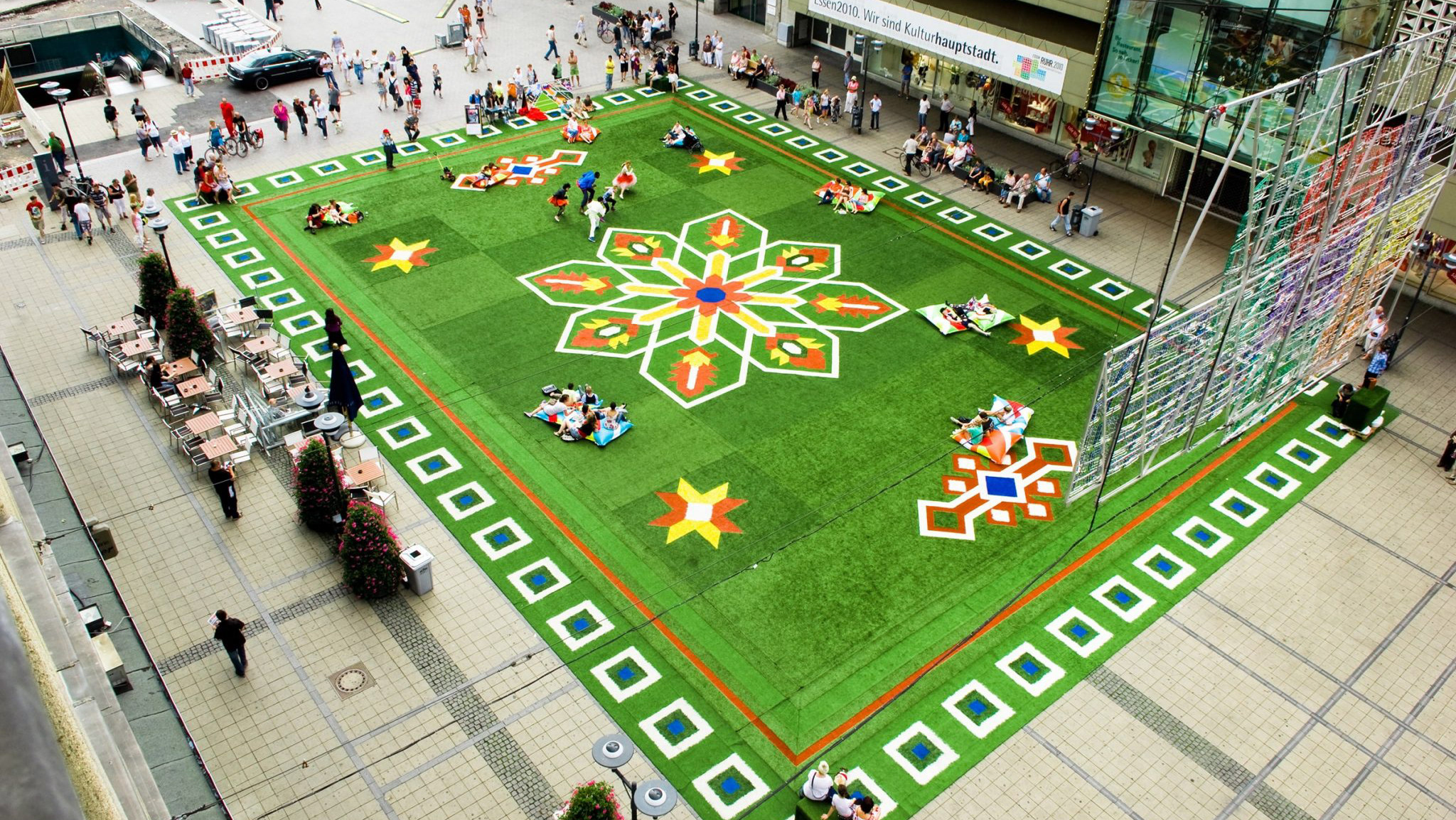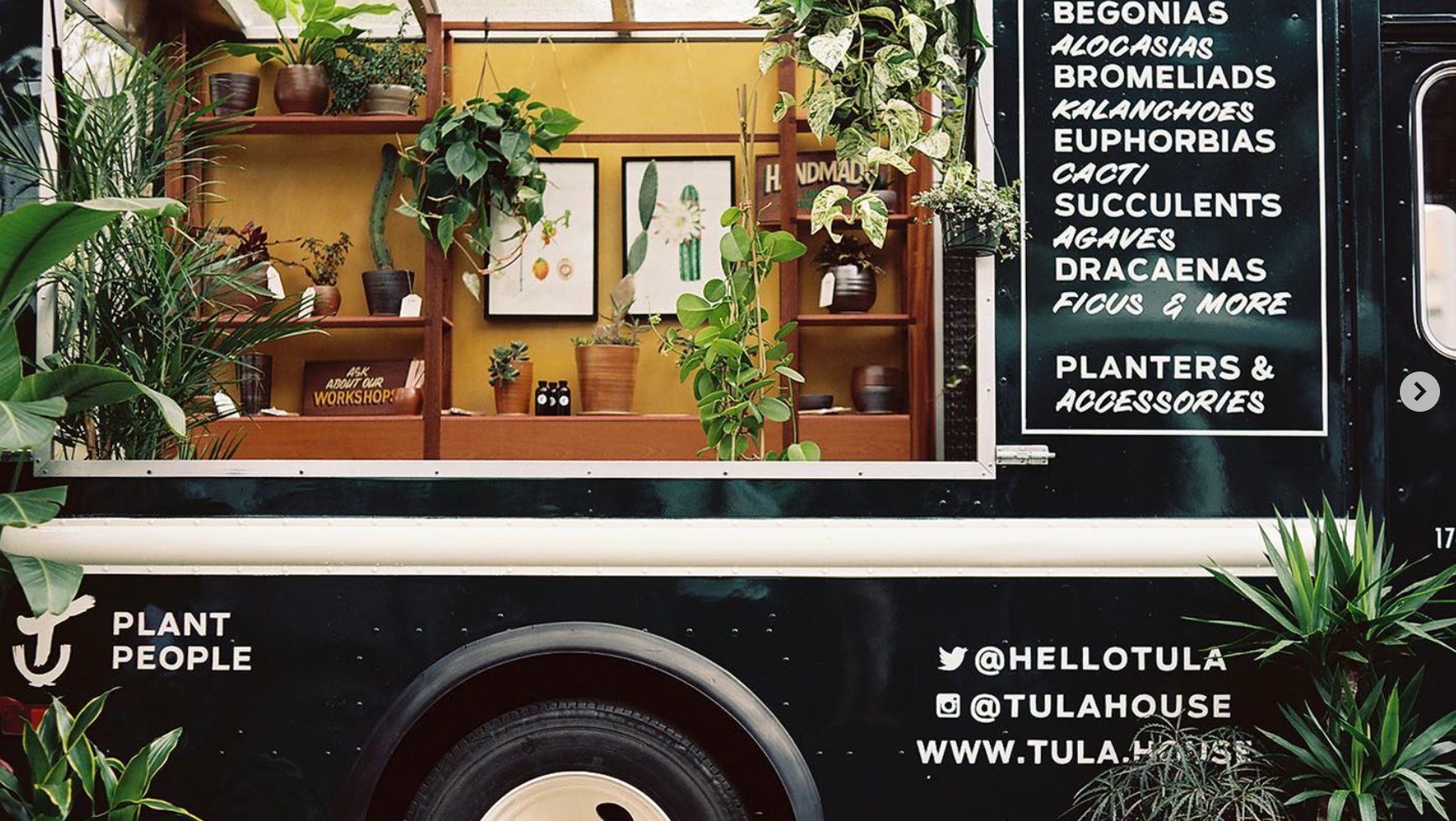The Power of Placemaking for Coliving Spaces
Originally published on Building Great Coliving Spaces: Insights from the luminaries of co-living (2022)
Interview Summary:
Kristen Zupancic is from Toronto, Canada but has been calling Amsterdam home for the past 4.5 years. She is fascinated by the ways in which people connect and the design and architecture that facilitates those connections. Professionally, Kristen is an Advisor at Co-Liv, the world's largest organization for coliving professionals and the Founder of Plot Twist Placemaking a studio transforming underutilized spaces into vibrant, mixed-use destinations.
What is placemaking and what does it have to do with coliving?
Placemaking is a community-building and activating process that transforms public spaces into vibrant, healthy communities. The collaborative placemaking approach helps shape public spaces in order to maximize shared value. Think of it as a hands-on initiative to improve a park, a waterfront, or a neighbourhood. At its core, it's a process of co-creation to work with the community, for the community and to identify meaning and shared purpose to public spaces.
Let's visualize an example. Let's say you walk home from work every day and each time, you pass by the same, grey, empty square. No one's hanging out there. They're always just passing through. The surrounding neighbours also have no real association with this space.
The process of placemaking transforms this passive area into a destination. Next time you pass by you notice some benches, maybe a playground for children and a life-size chess game. There are enough lights to make people feel safe. Next thing you know, you've decided to meet your friend there after work for a bite to eat. Amazing! They even added a communal pizza oven - the one that you suggested in the suggestion box.
Next time you have a friend visiting, you're probably going to take him to this square to show him what an amazing community neighbourhood that you're a part of.
Your connection to this place has been elevated. The place has a purpose - and you helped shape it. That is the power of placemaking.
That brings me to the connection with co-living.
It's one thing to attract people to your co-living space, but it's another to make people feel part of it. The concept strengthens the sense of belonging one has to a destination and supports the idea that if you love a place, you will take care of it.
At Co-Liv we have gained a lot of insights from coliving operators, developers, designers, consultants, residents and more. We talk about community all the time, and how to build and foster it within a coliving space amongst residents. But rarely do we talk about fostering community beyond the building, and into the surrounding environment - connecting with the neighbourhood.
"That's what's really been making my brain tick recently and am diving deeper into it with
Plot Twist Placemaking".
Plot Twist Placemaking".
At what stage do placemaking strategies need to be implemented in a new development?
Oftentimes, placemaking strategies come up after a project is completed. Some co-living developers think - okay, now the building is up - thank you and good luck! Leaving it up to the operator to think of ways to activate the building itself first, and then move outwards beyond the building over time (if they even get that far).
Let's imagine it the other way around. What if the neighbourhood had more of a say in the initiatives that the future coliving space could bring to the community? Maybe there is a social need or multiple needs that your coliving space could bring to the community - beyond extra housing of course.
By involving the surrounding neighbourhood in the project conception phase, the impact could potentially be way bigger because it takes a bottom-up approach.
What tools are needed to develop place-led solutions for coliving spaces?
The ingredients are simple:
> Project
> People (for input but also to facilitate)
> Time (it’s an ongoing process).
There are quite a few placemaking frameworks that are openly available online. Many of them work through different phases including project initiation, planning, execution, monitoring and management. Keep in mind that these frameworks need to be tailored specifically to the project and location and the results may vary.
Common tools include:
> Interviews
> Surveys
> Working groups
> Town halls
> Social events in the surrounding urban context.
Make the user research fun and playful to really engage people. Think about what's in it for them.
*Do you want to connect your residential development with the surrounding urban context? Contact Plot Twist Placemaking for customized placemaking services.











